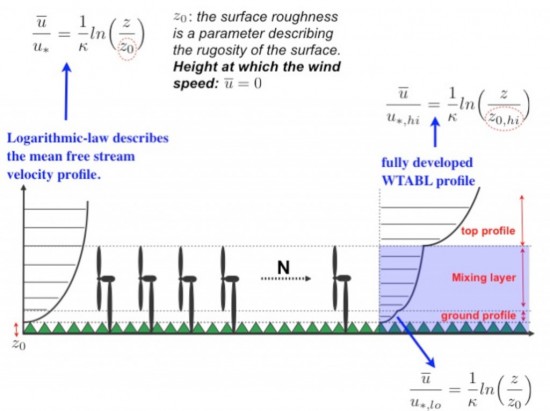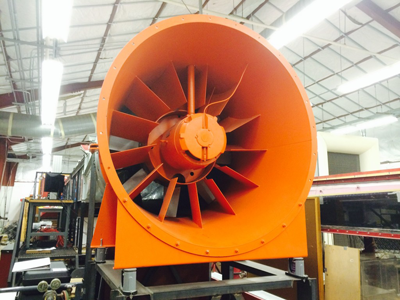By Hilary Smith, Sustainability Resource Center
In an age of global climate change and smog-thickened skies, wind has been embraced as a relatively green, renewable, alternative energy source. There are drawbacks—including concerns about bird migration and impact on nearby residents—but overall, it’s easy enough to stand in support of wind energy.
Tougher to solve are questions surrounding how best to maximize the wind turbines’ energy output, and how the spinning blades change atmospheric processes, for good or for ill.
 Researchers in the U of U’s Wind, Energy and Turbulence Lab in the Department of Mechanical Engineering are tackling a few of these inquiries. Headed by Marc Calaf, an assistant professor and physicist in mechanical engineering who focuses on atmospheric fluid mechanics, the lab is studying issues like how best to maximize the wind turbines’ energy output, and how to calculate the overall atmospheric effects of the spinning turbine blades.
Researchers in the U of U’s Wind, Energy and Turbulence Lab in the Department of Mechanical Engineering are tackling a few of these inquiries. Headed by Marc Calaf, an assistant professor and physicist in mechanical engineering who focuses on atmospheric fluid mechanics, the lab is studying issues like how best to maximize the wind turbines’ energy output, and how to calculate the overall atmospheric effects of the spinning turbine blades.
Calaf’s current research focuses on identifying and quantifying the possible effects of air-mixing—the stirring of the air that happens when wind turbine blades cut through it—on basic transfers of heat and moisture between the land surface and the atmospheric boundary layer, the first kilometer or so of air above the earth’s surface.
Calaf explains his work this way:
Normally, the sun heats the earth’s surface, and then the surface heats the air above it—i.e., the atmospheric boundary layer. This basic heat exchange is the foundation for almost every other process that happens in the atmosphere.
When the blades of a wind turbine spin, they create a wake in the air, much like a boat leaves a wake in the water. This motion draws air downward from higher up in the atmosphere, mixing the air and essentially creating a new air layer, with unique properties. This, explains Calaf, has the potential to change how basic land-air heat exchanges occur.
While the wake from the spinning blades of one turbine might not impact the atmosphere very much, the potential for the disruption of atmospheric exchanges might increase in the presence of a multitude of turbines, particularly if they are positioned close together—which, for economic and infrastructure reasons, often happens, says Calaf.
Calaf’s research group aims to understand and quantify these changes. Their analysis takes into account a systems thinking sort of approach—the knowledge that the effects of turbine-induced air mixing might be positive or negative, and that such mixing is only a small part of a larger system of atmospheric processes.

The lab uses numeric modeling to recreate the conditions of an undisturbed atmospheric boundary layer, then to introduce the effects of simulated wind turbines. To do this, the researchers employ a modeling technique known as Large Eddy Simulation (LES).
Calaf is trying to evaluate the real-world atmospheric impacts of the turbines’ movement, including in the following scenario: Given a plot of green, irrigated farmland in a dry, desert-like area surrounded by wind turbines, what would be the effect of the turbines on the farmer’s irrigation needs? Would the turbines dry the air, thus requiring more irrigation, or could they increase the moisture held in the air and thus mitigate the need for irrigation? How large would the effects be, in either direction?
